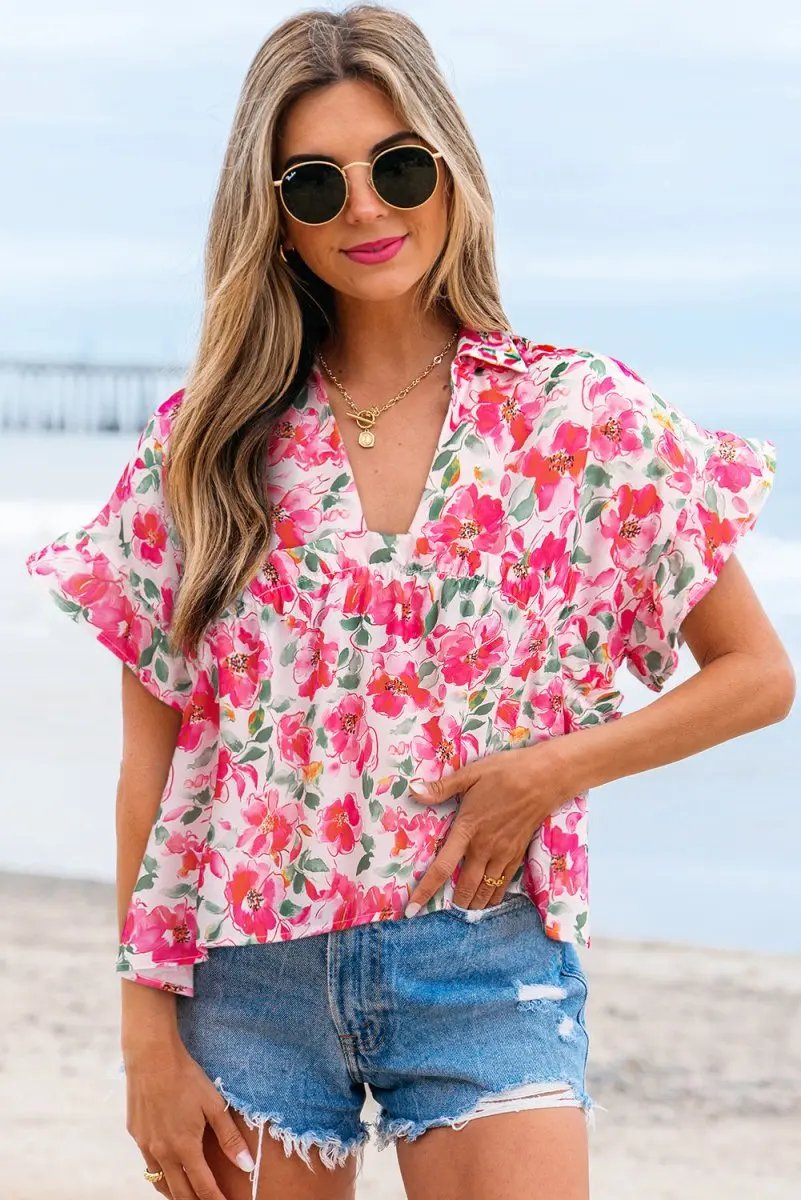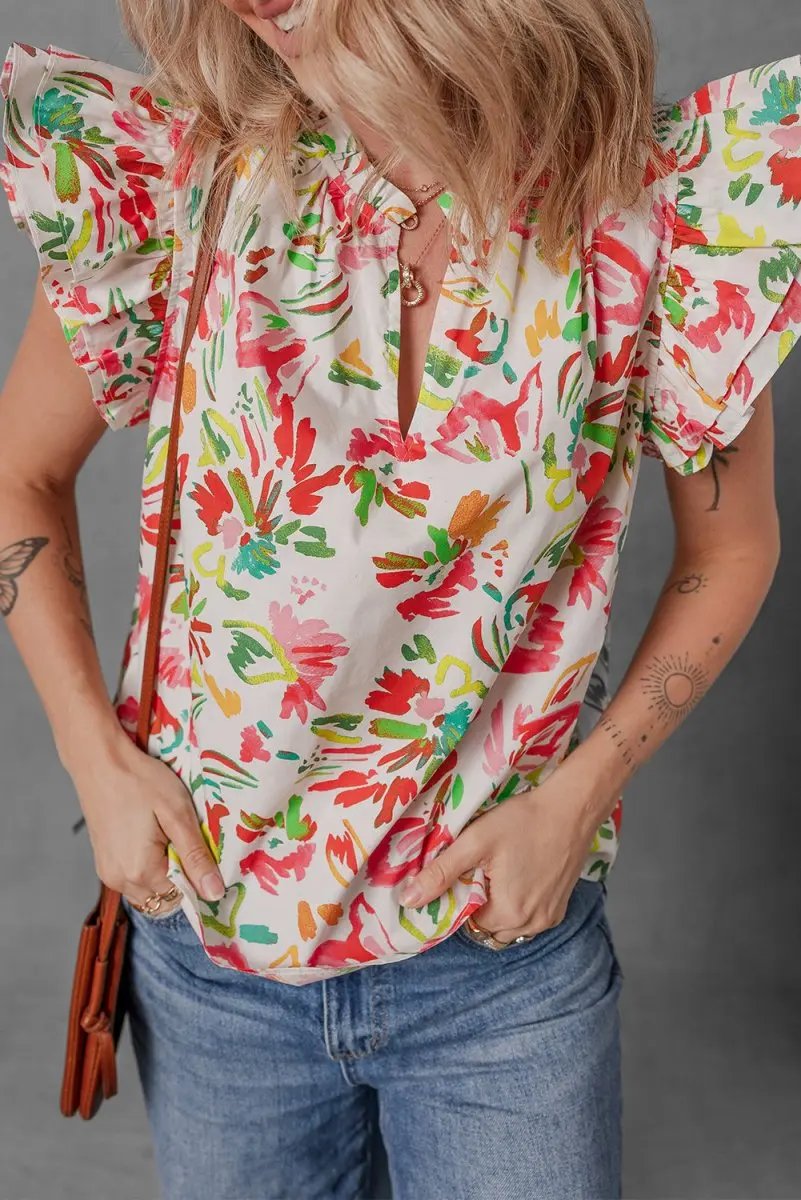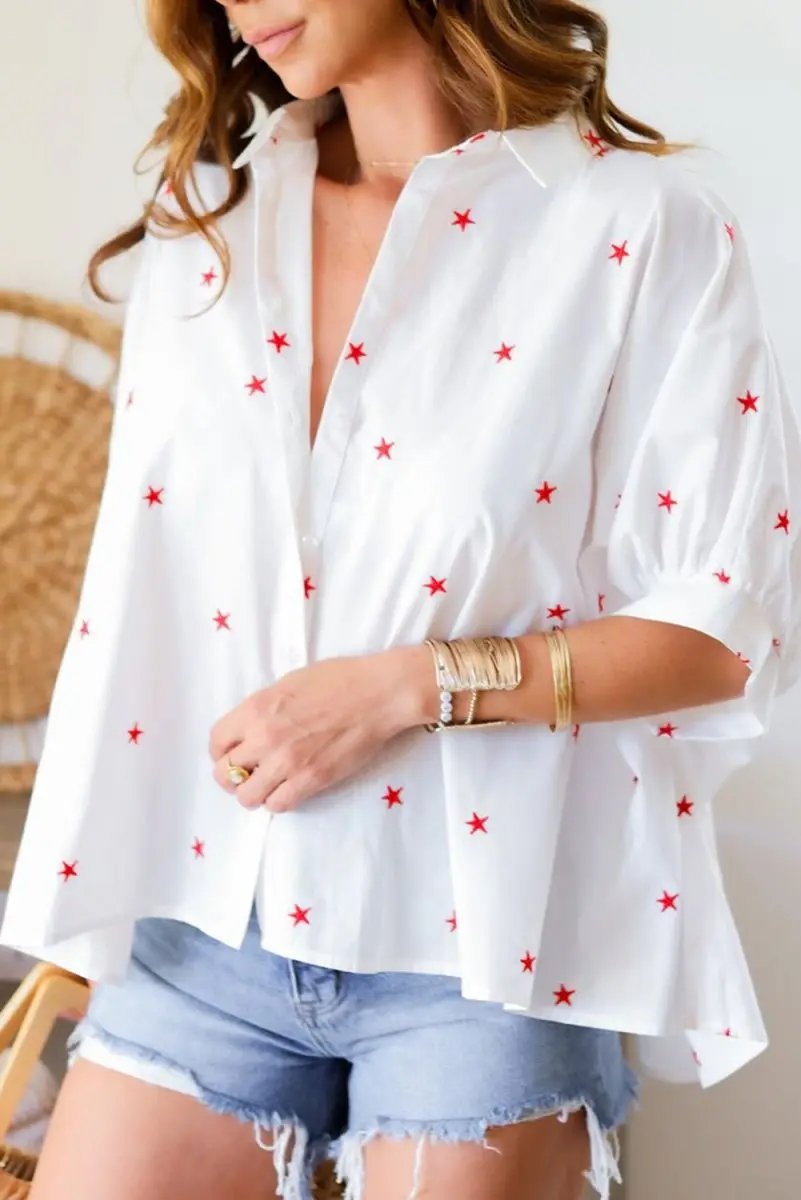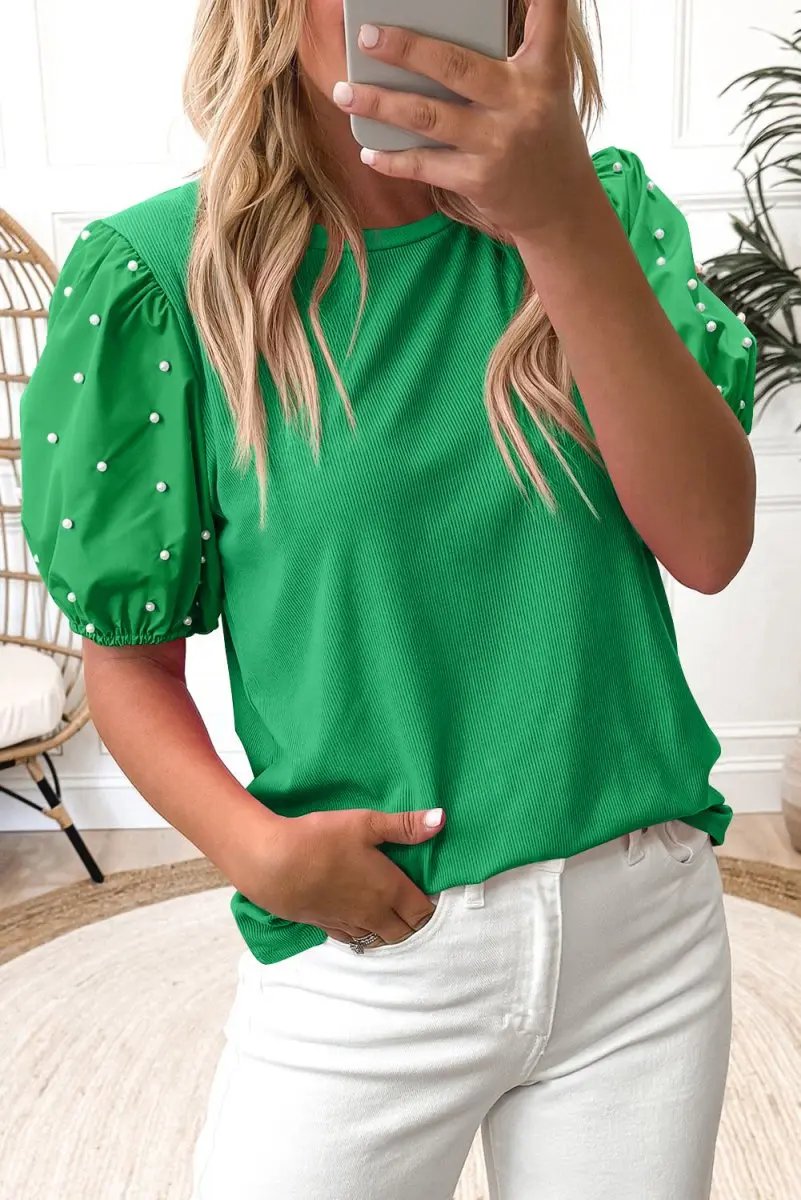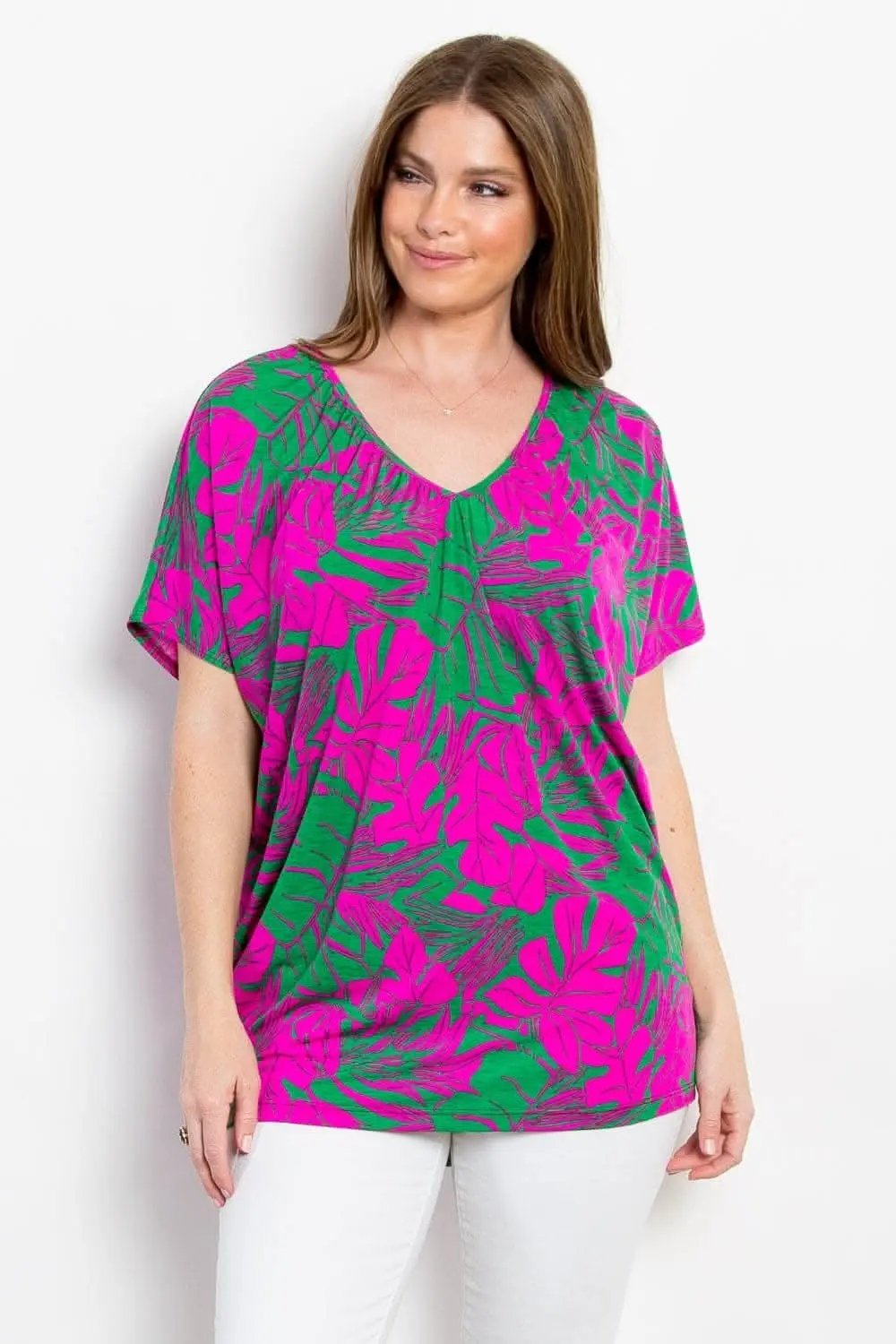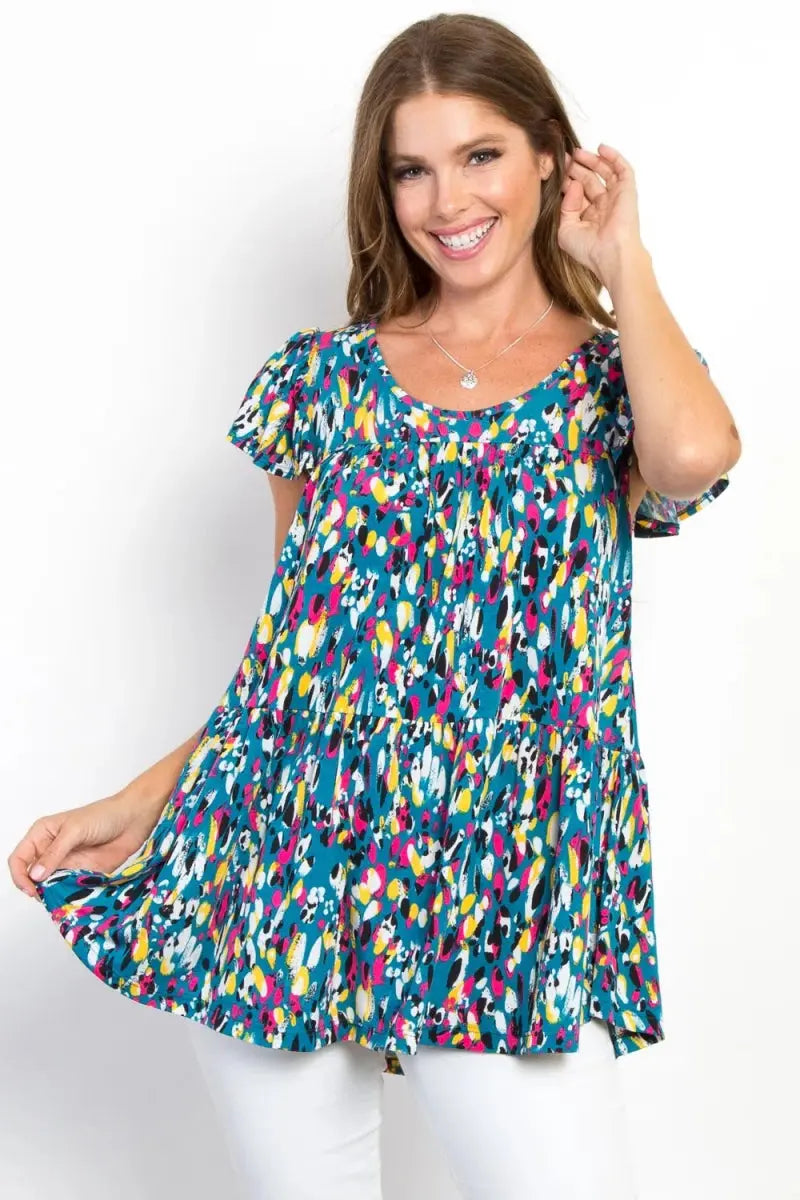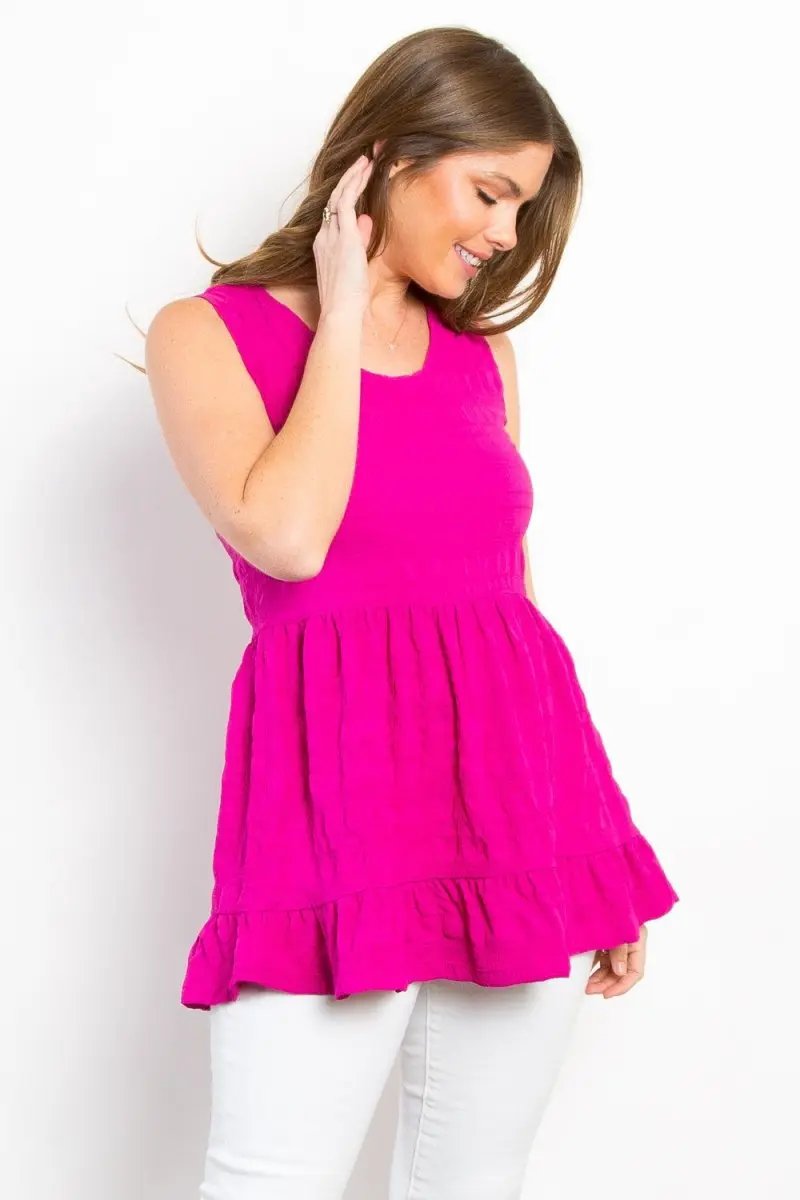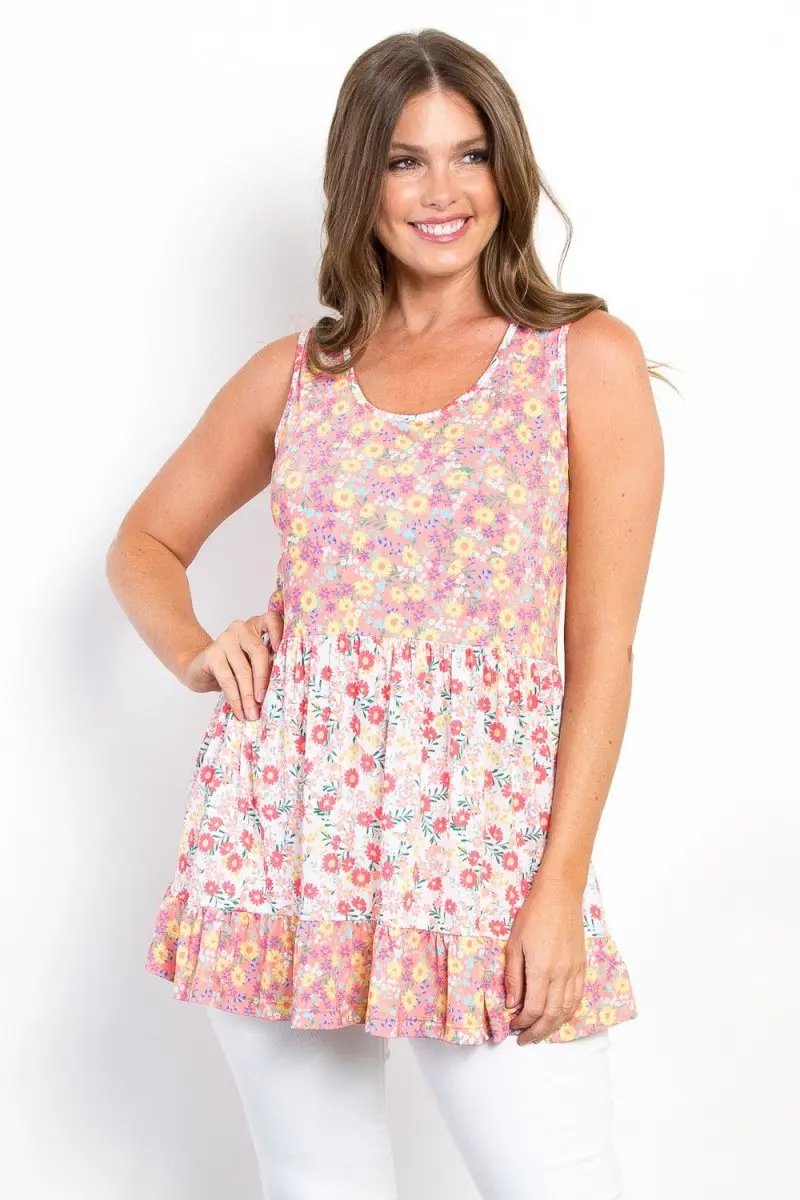Introduction: A Smarter, Cleaner Wardrobe
Imagine stepping into your day with confidence and ease, choosing an outfit in minutes, washing clothes less often, and knowing your wardrobe choices reduce waste. For plus-size people who want style, ease, and sustainability, the Flying Tomato capsule is a practical philosophy: a compact, curated collection of pieces that mix, layer, and endure. This expanded guide goes deeper—covering fabrics, stain care, packing, seasonal variations, and a weekly plan so you can minimize laundry without sacrificing variety or self-expression.
What You’ll Learn in This Long-Form Guide
- Exactly which 10–18 pieces make a flexible capsule for plus-size bodies
- Fabric science: what to buy to wash less and keep pieces longer
- Daily routines and laundry hacks that reduce washing frequency
- Complete outfit formulas for work, travel, weekend, and special occasions
- Repair, storage, and resale strategies to support a low-waste wardrobe
- Practical shopping, sizing, and budget variations
The Flying Tomato Concept: Elbow Room for Creativity
Flying Tomato is not a prescriptive set of garments—it’s an approach: prioritize fit, durable fabrics, and interchangeable pieces in a cohesive palette. The ethos encourages buying fewer items that are more versatile, caring for them intentionally, and reducing the number of washes through smart rotation and refresh techniques. The result is a closet that supports confidence and sustainability.
Why Plus-Size Wardrobes Benefit from Capsule Thinking
- Better fit reduces impulse purchases and returns, decreasing waste and frustration.
- Fewer but higher-quality garments reduce the need for frequent replacement.
- Cohesive palettes make outfits easier to build, lowering decision fatigue.
- Care-forward habits (spot clean, steam, air out) help garments last and smell fresh.
Core Principles for Low-Waste, Low-Laundry Dressing
- Fit-first: Invest time to find styles and cuts that suit your shape; a great fit means you wear the piece repeatedly.
- Fabric-aware: Know which materials resist odor and wear better between washes.
- Rotate and protect: Use base layers and rotate tops so each item rests between wears.
- Refresh not replace: Spot-clean, steam, air, and deodorize before turning to a full wash.
- Repair and rehome: Mend, tailor, or resell items to extend their life and reduce waste.
Expanded Flying Tomato Capsule — 14 Essential Pieces
This 14-piece list increases outfit possibilities while remaining compact. Choose two neutrals (navy, black, or warm brown + cream or charcoal) and 1–2 accent colors to keep looks cohesive.
- 1 structured blazer with stretch (single-breasted, room in shoulders)
- 1 longline duster or cardigan (for layering and length options)
- 1 lightweight trench or utility jacket (seasonal outer layer)
- 2 quality tees: 1 solid V-neck, 1 striped or patterned
- 1 camisole or tank in breathable fabric for base-layering
- 1 elevated knit dress (midi, forgiving silhouette)
- 1 wrap or A-line skirt (knee to midi length)
- 1 pair dark wash jeans with room through the hip and tapered leg
- 1 pair high-rise wide-leg trousers or culottes
- 1 versatile jumpsuit or utility dress for one-and-done outfits
- 1 pair comfortable multi-purpose shoes (chunky sneaker or boot)
- 1 low block heel or dress shoe for elevated looks
- 1 statement scarf or belt to change silhouettes
- 1 compact crossbody or tote for daily carry
Fabric Deep Dive: What to Buy and Why
- Tencel/Lyocell: Breathable, drapes well, resists odor better than cheap polyester. Biodegradable in proper conditions.
- Modal and Cotton-Modal blends: Soft, less prone to odor and pilling than pure cotton; retains color and drape.
- Organic cotton (heavier weights): Durable and comfortable. Heavier jerseys hold shape and tolerate multiple wears.
- Ponte and heavier knits: Structured stretch knits that keep silhouette and require less frequent washing.
- Recycled synthetics: Useful for outerwear; choose responsibly sourced recycled polyester for longevity and lower virgin resource use.
- Wool and wool blends: Natural warmth and odor resistance. Superwash may be easier for care, but traditional wool is often longer-lasting with proper care.
- Avoid flimsy sheer synthetics: Very thin polyester and cheap blends pill, trap odors, and need frequent washing or replacement.
Buying Smart: Sizing, Fit, and Trial Strategies
- Check brand-specific size charts and measurements; compare garment measurements rather than relying on numeric sizes.
- Read customer reviews with photos—they often reveal how a cut works on different bodies.
- When in doubt, buy one size up for structured pieces like blazers and have them tailored for a custom fit.
- Look for adjustable details (ties, belts, elasticized waistbands) that offer flexibility across seasons and weight fluctuation.
- Keep a measuring tape and a small list of your preferred brand fits to speed future purchases.
How to Reduce Laundry: A Practical Routine
Washing less begins with small rituals. Here’s a weekly routine that keeps items fresh without frequent full loads.
- Daily: Air out worn garments for 12–24 hours before returning them to the closet. Hang pieces on a wide-shouldered hanger to preserve shape.
- Spot-care as needed: Immediately treat spills with water and mild soap; use a soft brush for stubborn marks.
- Steam and hang: Use a garment steamer or hot shower steam to relax fabrics and kill surface bacteria that cause odors.
- Rotate: Keep at least three tops per rotation; plan so each garment rests 48–72 hours between wears when possible.
- Weekly: Consolidate full washes into full loads (unless extra-soiled); use cold water and gentle cycles to extend fabric life.
Advanced Refreshing Techniques
- DIY deodorizer: Sprinkle baking soda on the underarm of garments, let sit 15–30 minutes, then shake out vigorously.
- Steam sanitizing: Steamers reduce wrinkles and refresh without detergent; focus on collars, cuffs, and underarms.
- Fabric spray: Use eco-friendly odor neutralizers (look for enzymes or plant-based formulas) to refresh between washes.
- Microcleaning cloth: Use a damp microfiber cloth with a tiny drop of mild soap to spot-clean small stains quickly.
Stain Removal Cheat Sheet (Fast and Effective)
- Oil and grease: Blot excess, dust with cornstarch or baking soda, let absorb, brush off, then spot treat with dish soap before wash.
- Red wine: Blot immediately, cover with salt to absorb, rinse with cold water, and launder when possible.
- Ink: Dab with rubbing alcohol on a cloth underneath the stain to push ink out, then rinse.
- Sweat marks: Pre-soak with a paste of baking soda and water for 30 minutes, then wash.
- Makeup: Gently scrape excess, dab with micellar water, then launder per care instructions.
Storage and Care to Cut Down Wear-and-Tear
- Store off-season items in breathable fabric bags to protect from dust and pests; avoid plastic which traps moisture.
- Fold heavy knits to avoid shoulder stretching; hang structured jackets and dresses on wide, supportive hangers.
- Use cedar blocks or lavender sachets to deter moths without chemical sprays.
- Rotate shoes with shoe trees or stuffing to maintain shape and reduce odor buildup.
Complete Outfit Formulas: Mix and Match for 30+ Looks
Below are practical outfit formulas using the 14-piece capsule. These formulas show how minimal pieces create maximal variety.
- Office day: Tee + blazer + wide-leg trousers + low heel
- Creative office: Striped tee + jeans + duster + polished sneakers
- Weekend market: Tank + skirt + utility jacket + crossbody
- Travel day: Jumpsuit + cardigan + chunky sneaker + scarf for warmth
- Date night: Knit dress + blazer + statement shoes + belt to define waist
- Layered winter: Thermal tank under tee + cardigan + trench + boots
- Summer outing: Tank + midi skirt + sandals + wide-brim hat
- Smart-casual event: Blazer + wrap skirt + tee + block heel
Seasonal Capsule Variations
- Summer capsule: Swap trench for linen shirt, heavier cardigan for a lightweight kimono, add sandals and a straw tote.
- Fall capsule: Add wool scarf, ankle boots, and switch to heavier knit dress and trousers.
- Winter capsule: Introduce a sustainable coat, thermal base layers, and wool-blend knits; focus on insulating layers over bulk.
- Spring capsule: Reintroduce lighter layers and colourful scarves; replace heavy boots with sneakers or loafers.
Travel Packing: Minimal Laundry on the Road
- Pack garments that layer and compress well: tees, one dress, one pair of trousers, one pair of jeans, cardigan, and a jacket.
- Bring a lightweight travel detergent for spot washing small items (socks, underwear, tank) in the sink.
- Use packing cubes to separate worn from clean clothes and to allow air between layers.
- Wear your bulkiest pieces while traveling to reduce luggage and maintain a neat capsule.
Repair, Tailor, Resell: The Circular Wardrobe
- Learn basic mending: sewing on buttons, fixing small tears, and re-stitching seams can extend life considerably.
- Tailoring is often worth the cost—alterations can make a garment flattering for years.
- Resell quality pieces on secondhand platforms or consign them to keep them in use and recoup cost.
- Donate thoughtfully: choose local charities or community closets that accept plus-size clothing so garments serve others in good condition.
Budget Tiers: Capsule Options for Every Wallet
- Thrifty capsule: 2nd-hand finds, mending, and DIY alterations. Focus on quality fabrics even if pre-owned.
- Mid-range capsule: Mix of budget and investment pieces; prioritize a great blazer and one durable pair of shoes.
- Investment capsule: Higher upfront cost on well-made blazers, dresses, and coats that last many years and need less frequent washing/repair.
Plus-Size Styling Tips Specific to Capsule Dressing
- Embrace vertical lines: longline cardigans, V-necks, and open blazers elongate the torso visually.
- Define the waist: a belt over a dress or duster changes silhouette and adds variety.
- Play with proportions: pair wider trousers with fitted tops, or a flowy dress with a structured jacket.
- Choose the right undergarments: supportive layers reduce friction and sweat transfer to outer garments, helping them stay cleaner longer.
- Use prints strategically: patterned pieces disguise minor wear and small stains better than solid light colors.
Common Objections and Practical Solutions
- "I can’t wear items multiple times": Use base layers, rotate tops, steam and deodorize, and rely on structured garments that don’t hug the body excessively.
- "I sweat more; I need to wash often": Invest in breathable, moisture-wicking base layers and natural fibers. Air out clothes and spot-treat underarm areas immediately.
- "Capsules feel limiting": Choose versatile accessories (scarves, belts, jewelry) and two accent colors to make combinations feel fresh.
Maintenance Calendar: A Simple 6-Month Plan
- Monthly: Check seams and buttons; mend any small issues before they grow.
- Every 3 months: Deep-clean coats and occasional dry-clean items following eco-friendly cleaners or at-home methods when safe.
- Every 6 months: Reassess capsule pieces—repair, replace, or resell items that haven’t been worn or are past repair.
Quick Checklist Before You Buy
- Can I wear this at least 20 times in different outfits?
- Is the fiber blend durable and appropriate for my lifestyle?
- Does the color work with my capsule palette?
- Can this piece be easily repaired or altered if needed?
- Do I have space in my capsule rotation for this item without forcing other pieces out?
Final Thoughts: Style, Sustainability, and Everyday Joy
The Flying Tomato capsule for plus-size wearers proves that you can look varied and feel confident while reducing laundry and waste. This approach centers on thoughtful purchases, smarter care, and the joy of a simpler closet. Minimal laundry doesn't mean minimal style—it means maximizing the life of each piece and designing a wardrobe that supports your life, values, and body.
Next Steps: Build Your Capsule
- Audit your closet for 2–3 items you wear most; identify missing categories from the capsule list.
- Pick a cohesive color palette and two accent shades to guide new purchases.
- Create a simple weekly refresh routine: air out, steam, spot-clean, and rotate.
- Commit to one repair or resell each month to keep the circular wardrobe moving.
FAQ: Fast Answers to Common Questions
- How often should I wash jeans? Unless visibly soiled, jeans can often be worn 5–10 times; spot-clean and air out between wears.
- Are synthetic fabrics always bad for reducing laundry? No—recycled synthetics can be durable and quick-drying; choose blends that balance breathability and resilience.
- Can steaming replace washing? Steaming refreshes and sanitizes surface bacteria but doesn't remove oils and deep stains; use in combination with occasional washing.
Ready to take the next step? Start small: pick a capsule goal for one season, try the laundry-reduction routine for a month, and note how much time, money, and stress you save. Minimal laundry, maximum looks—it's possible, sustainable, and deeply rewarding.

